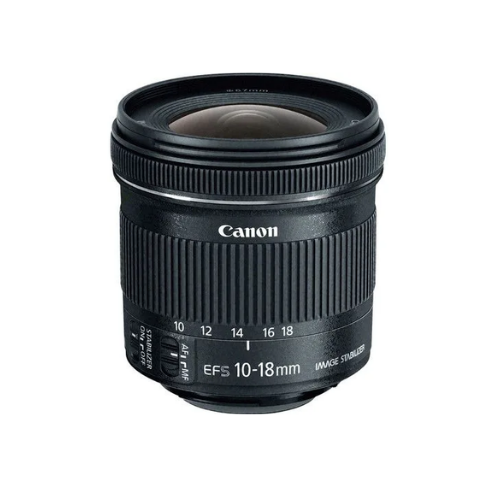Wide-angle lenses are a fantastic tool for landscape photography, allowing you to capture expansive views and dramatic scenes with ease. If you’re just starting out with wide-angle lenses, the sheer variety of options and techniques can feel overwhelming. But fear not, this beginner’s guide will help you navigate the world of wide-angle photography and get you on your way to creating stunning images.
First things first, it’s important to understand what exactly a wide-angle lens is. In photography, a wide-angle lens typically refers to any lens with a focal length shorter than a standard kit lens. These lenses typically have a wide field of view, capturing more of the scene than a standard lens would.
When choosing a wide-angle lens, it’s important to consider factors such as focal length, aperture, and lens quality. Focal length will determine how much of the scene you can capture, with shorter focal lengths (such as 10mm or 14mm) providing wider views. Aperture is important for controlling depth of field and exposure, with wider apertures allowing for more light to enter the lens. Finally, lens quality will affect the sharpness and clarity of your images, so investing in a good quality lens is important for achieving professional-looking results.
Once you have your wide-angle lens in hand, it’s time to start shooting. One of the key techniques for successful wide-angle photography is to get up close to your wide angle lens. Wide-angle lenses excel at capturing close-up details while also showcasing the surrounding environment. By getting close to your subject, you can create a sense of depth and dimension in your images.
Another important aspect of wide-angle photography is composition. With a wide field of view, it’s easy for cluttered or busy scenes to detract from the main subject. To create compelling compositions, try to simplify your scenes by removing distracting elements and focusing on the main subject. Experiment with different angles and perspectives to find the most visually appealing composition.

When it comes to camera settings, there are a few important considerations for wide-angle photography. Due to the wide field of view, it’s important to use a smaller aperture (higher f-stop) to ensure that everything in the scene is in focus. Additionally, consider using a tripod to stabilize your camera and prevent camera shake, especially in low light conditions.
Finally, post-processing can play a key role in enhancing your wide-angle images. Experiment with adjusting contrast, saturation, and clarity to bring out the details in your shots. Consider cropping or straightening your images to improve composition, and don’t be afraid to experiment with different editing styles to create a unique look.
Overall, wide-angle lenses can be a powerful tool for capturing stunning landscape images. By understanding the basics of wide-angle photography, experimenting with composition and camera settings, and honing your post-processing skills, you can create breathtaking images that truly showcase the beauty of the world around you. So grab your wide-angle lens, head out into the great outdoors, and start capturing the world from a whole new perspective.
